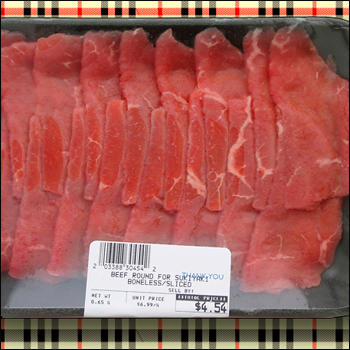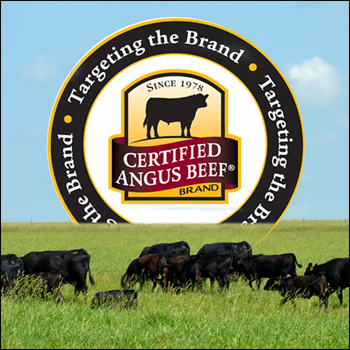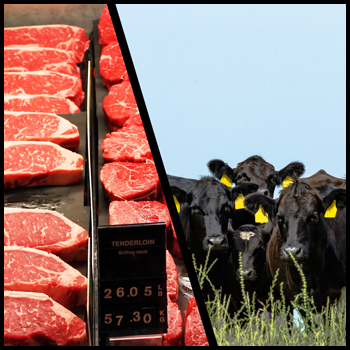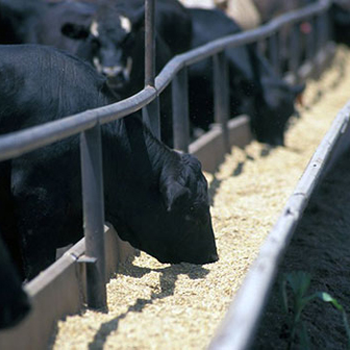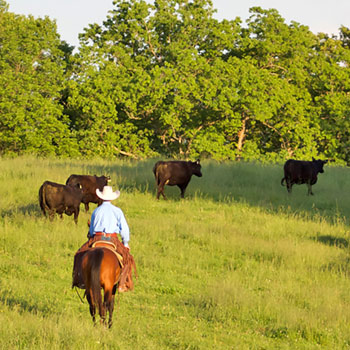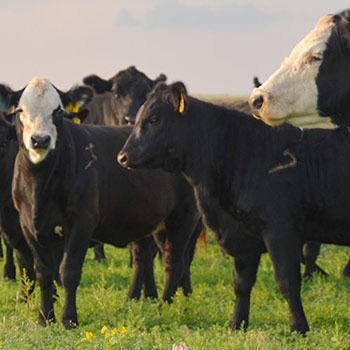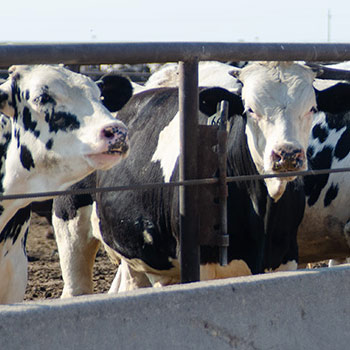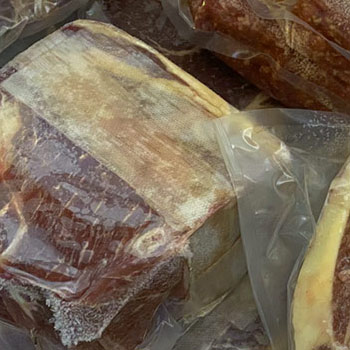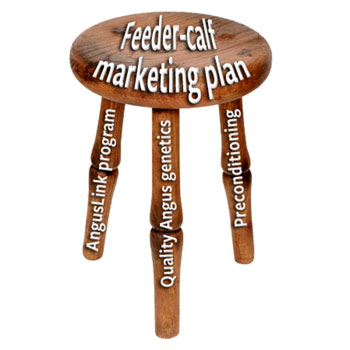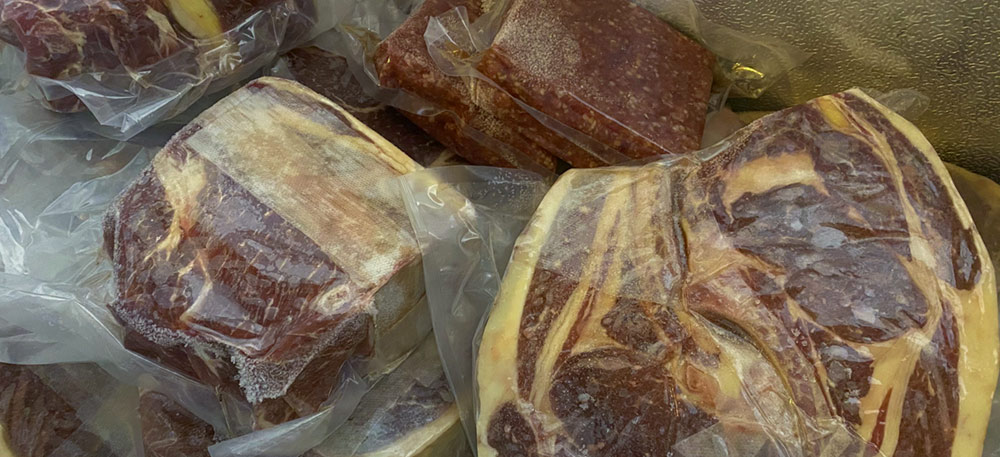
Wanted: More Access
Ability to direct-market beef to consumers wanted.
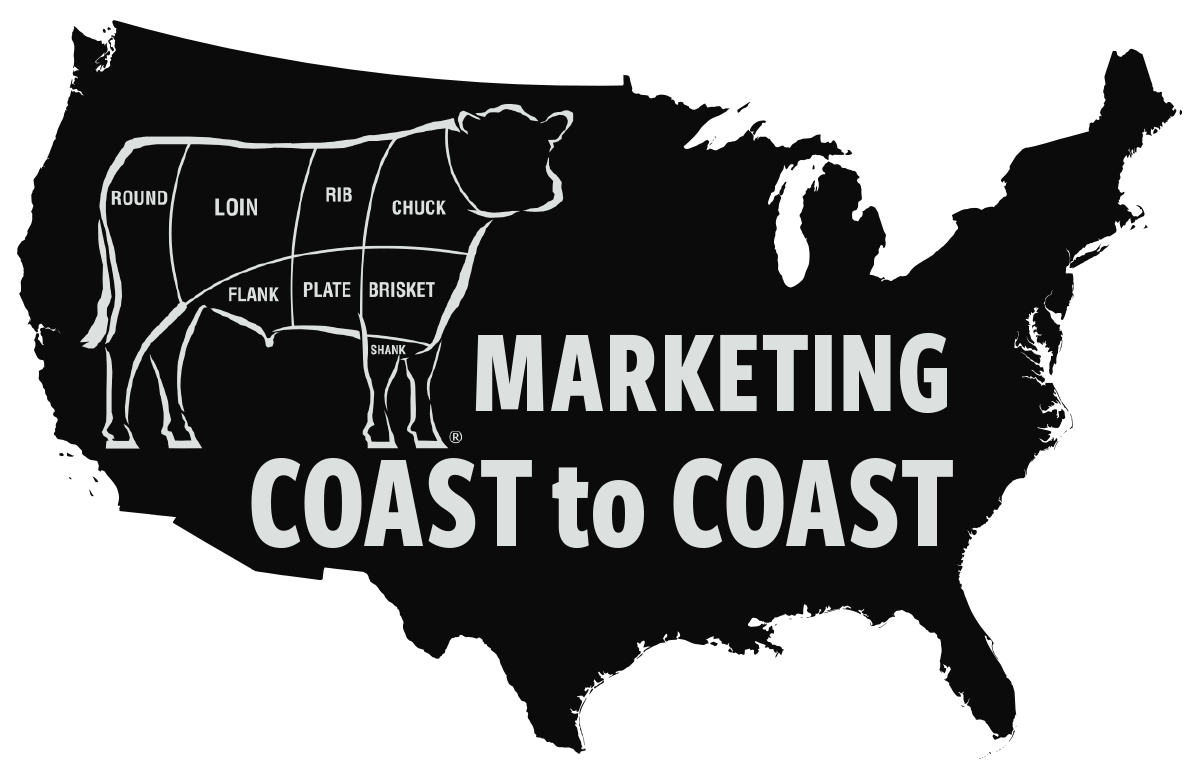
Brett Kenzy, a South Dakota cattle rancher, says there’s increased interest in farm-to-fork food production — getting away from middlemen and letting farmers sell directly to consumers. This interest accelerated when people couldn’t buy meat at the grocery store and started thinking about buying from a local farmer.
“The pandemic was a boon to local processors, but they can’t keep up. We have a shortage of small processors. Some of the CARES Act (Coronavirus Aid, Relief, and Economic Security Act) money may be going to some states to invest in more local processing,” says Kenzy.
The Processing Revival and Intrastate Meat Exemption (PRIME) Act would amend the Federal Meat Inspection Act to expand exemption of custom slaughtering from federal inspection requirements. This would give states freedom to permit intrastate distribution of custom-slaughtered and processed meat to consumers, restaurants, hotels, boarding houses and grocery stores. Many consumers don’t have the freezer space to buy a half or quarter of beef and would like to be able to buy or order smaller quantities.
“We hear about other bills that would allow state-inspected meat to move across state lines. I think 27 states have state inspection, and I hope this would spur other states to get state inspection so they can take part in this commerce,” says Kenzy.
“What the small operations have going for them is a personal touch. Americans have gotten used to mega-companies, huge corporations, supermarkets and monopolies, but the average American has an inherent distrust of huge global corporations,” he says.
More people want to shop locally.
“This is what America is all about, and how we did it for a long time. The friends we sell home-raised beef to — through a custom-exempt locker where they buy the animal from us and pay the processing cost — initially thought it was expensive, but once they taste the meat and difference in quality, they are happy,” he explains, adding they like knowing where it came from.
It may seem like a huge expense to buy a quarter, half or whole beef all at once, but after this pandemic and the way the meat supply failed, possession — to have meat when it wasn’t available or was high-priced in grocery stores — is worth something. He says it was comforting to have a freezer full of meat.
Meat is expensive at the store, and by the time you figure what all those cuts from your half or quarter of beef would have cost, it’s actually cheaper to buy from the rancher and pay to have it processed.
“I looked up figures for a friend, and today the average national retail cost of beef was $6.72 per pound (all cuts combined). The steer he bought from us came to $4.22 per pound — as finished product in his freezer — with all the cuts,” he says.
The big plus is confidence in the product.
“You know you are getting single-source ground beef, not a blend from many animals that may have come from multiple places or foreign countries. You know it was a healthy, wholesome animal,” says Kenzy.
Selling directly from farm to market has a lot of value in a homegrown animal, processed by a local business within your community. It’s been said that a dollar spent locally circulates five times through the local economy. From an economic standpoint, and for the future of the local community, it makes sense to buy locally. One of the most exciting things is getting producer and consumer back together, without the corporate monopoly in between, opines Kenzy. If meat can be sold directly, it starts conversations between the beef producer and the consumer.
“Radical animal rights people and radical environmentalists create false narratives to turn consumers against farmers and ranchers. If people can see the reality — that farmers and ranchers eat what they grow and live where we grow it, they realize we take care of the animals and the environment,” says Kenzy.
Editor’s note: Heather Smith Thomas is a cattlewoman and freelance writer from Salmon, Idaho. Photo by Kasey Brown.

